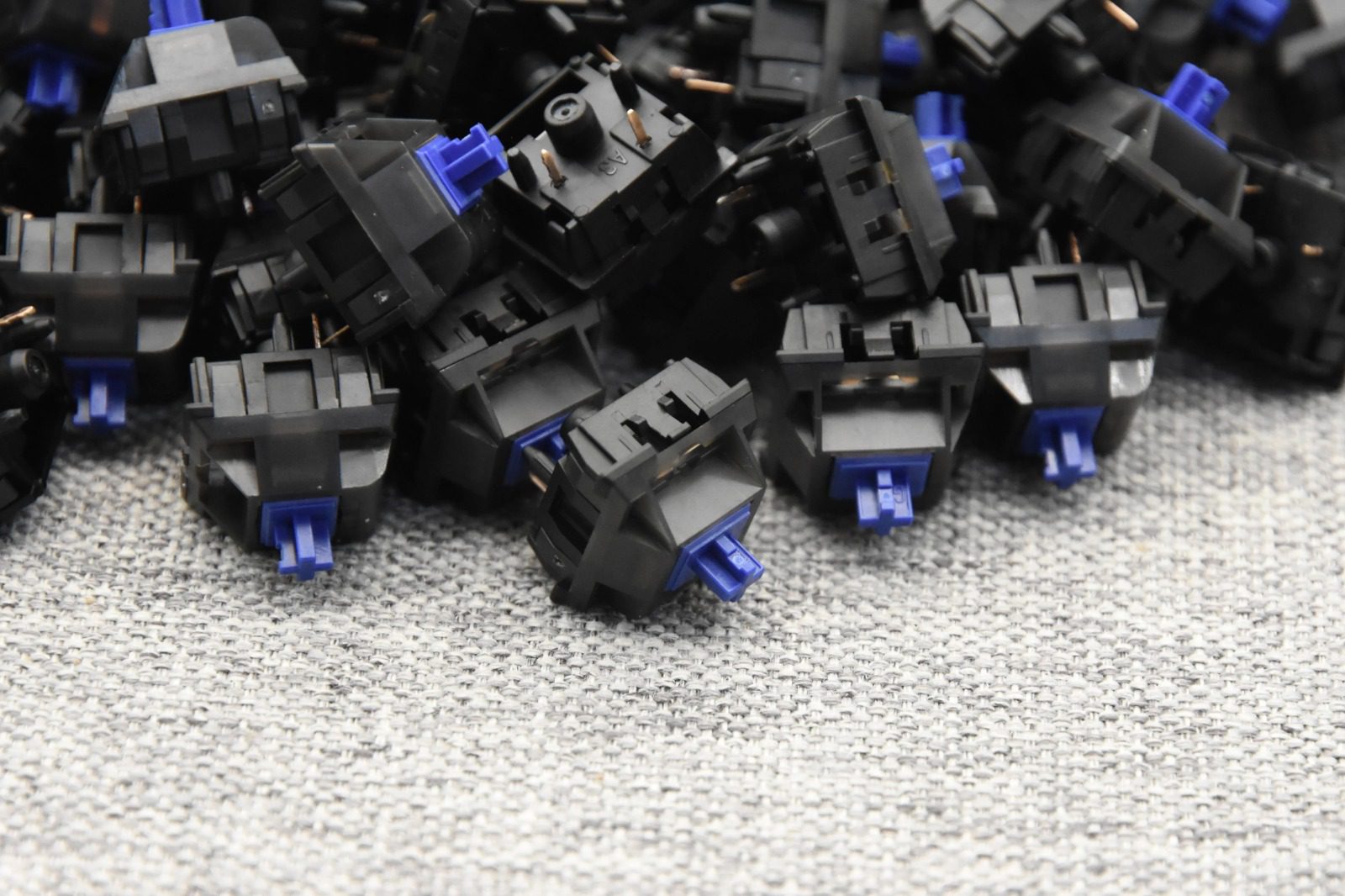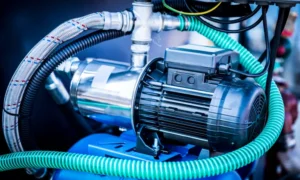Have you ever noticed that some keyboards feel soft and effortless, while others are tactile and clicky? The difference comes down to the keyboard switches underneath each key.
Whether you’re a gamer, writer, or casual computer user, understanding switches is essential to choosing a keyboard that fits your needs. In this guide, we’ll explain what keyboard switches are, how they function, and the main types available today.
What Are Keyboard Switches?
Keyboard switches are the mechanical or electronic components under each keycap that register when a key is pressed. They influence how a key feels, how loud it is, and how quickly it responds.
Unlike traditional rubber dome keyboards, mechanical switches rely on springs and moving parts to provide a precise, reliable, and long-lasting typing experience. Many mechanical switches can endure tens of millions of keystrokes, making them far more durable than typical membrane keyboards.
Simply put: the switch is the heart of a mechanical keyboard.
How Keyboard Switches Work
A switch consists of several core components:
| Component | Role | Effect on Feel/Noise |
| Housing | Holds the switch together | Provides stability, affects noise |
| Stem | Moves when pressed | Determines type (linear or tactile) |
| Spring | Returns key to rest position | Controls resistance/actuation force |
| Contacts Leaf | Close circuit when pressed | Sends keypress signal to the computer |
When you press a key, the stem pushes the contacts together, completing the circuit and registering the input. The spring then returns the stem to its original position.
Types of Keyboard Switches
| Type | Description | Sound | Ideal Use |
| Linear | Smooth, consistent keystroke | Quiet or Loud | Gaming, fast typing |
| Tactile | Tactile bump at the actuation point | Moderate | Typing, productivity |
| Clicky | Bump + audible click | Loud | Typists who enjoy tactile feedback and sound |
Linear Switches
Offer uninterrupted key travel, making them excellent for high-speed gaming.
Tactile Switches
Provide a slight feedback bump without the noise of clicky switches, ideal for writers or office work.
Clicky Switches
Give audible feedback with every press, reminiscent of typewriters — perfect for those who love the sound and feel, but not suitable for quiet spaces.
Additional variations include silent switches, low-profile switches, and optical switches that use light-based actuation for faster response.
Choosing the Right Switch
| Scenario | Recommended Switch | Why |
| Competitive Gaming | Linear | Smooth, fast keystrokes |
| Office or Typing | Tactile | Feedback without excessive noise |
| Home Use | Clicky | Satisfying feel and sound |
| Quiet Spaces | Silent Linear | Reduced noise, smooth typing |
Many users report that switching from a standard membrane keyboard to tactile or linear switches improves typing accuracy and reduces finger strain.
Popular Switch Brands
| Brand | Example Models | Actuation Force | Lifespan | Notes |
| HMX | Cheese, Xinhai,Cloud | 45–60 g | 80 million | Great factory lubing, unique sound |
| Keygeek | Y2, Y3, B1,M1 | 35–55 g | 80 million | Innovative molding and materials,great sound and feel |
| Kailh | Box, Speed, Silent | 45–70 g | 70 million | Innovative options for gaming |
| Gateron | Red, Yellow, Brown | 35–55 g | 80 million | Smooth feel, affordable |
| Cherry MX | Red, Brown, Blue | 45–60 g | 100 million | Reliable industry standard |
Common Misconceptions
- All mechanical switches are noisy — not true. Linear and silent switches can be very quiet.
- Clicky switches are best for typing — preference varies; tactile switches are often balanced.
- Expensive switches are always better — price does not guarantee comfort or quality.
- Gamers should only use linear switches — some prefer tactile feedback for accuracy.
Maintaining Your Keyboard
- Keep your keyboard clean to avoid dust buildup.
- Use a keycap puller when cleaning or lubricating switches.
- Lubrication is optional but can improve smoothness.
- Avoid spilling liquids; even water-resistant keyboards have limits.
With proper care, a mechanical keyboard can last 10+ years.
FAQ
What are keyboard switches?
Keyboard switches are the mechanisms under each keycap that determine key feel, response, and sound. They can be mechanical or optical, affecting the speed, accuracy, and typing comfort.
What are switches on a keyboard?
Switches control how each key behaves when pressed. They may be linear (smooth), tactile (with a bump), or clicky (bump + audible click), influencing typing feedback, noise, and performance.



































